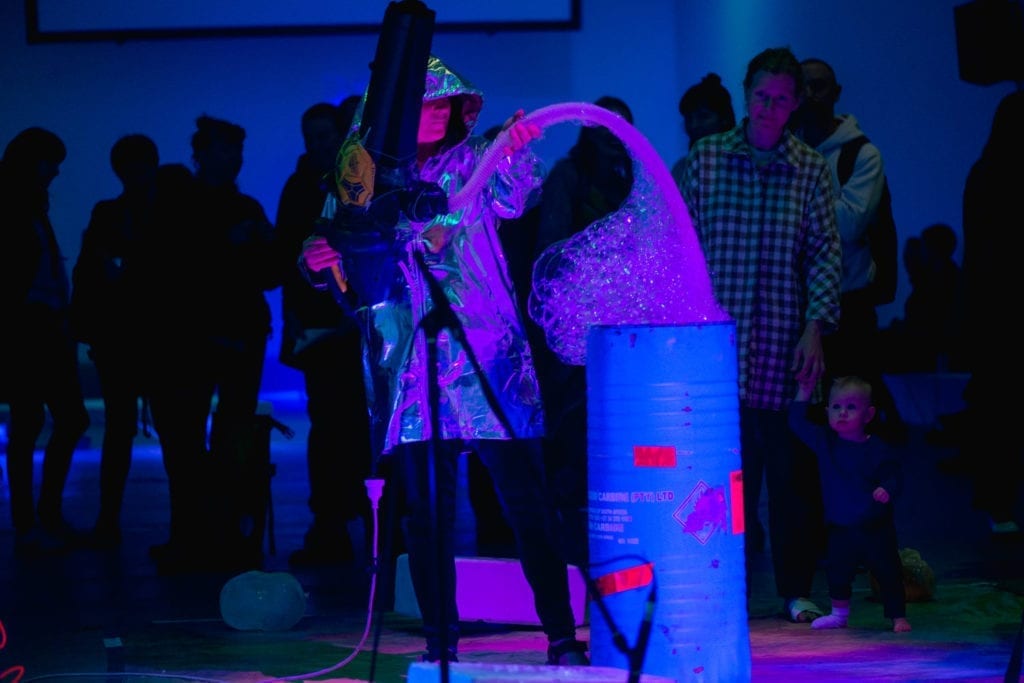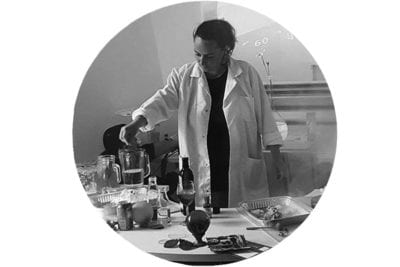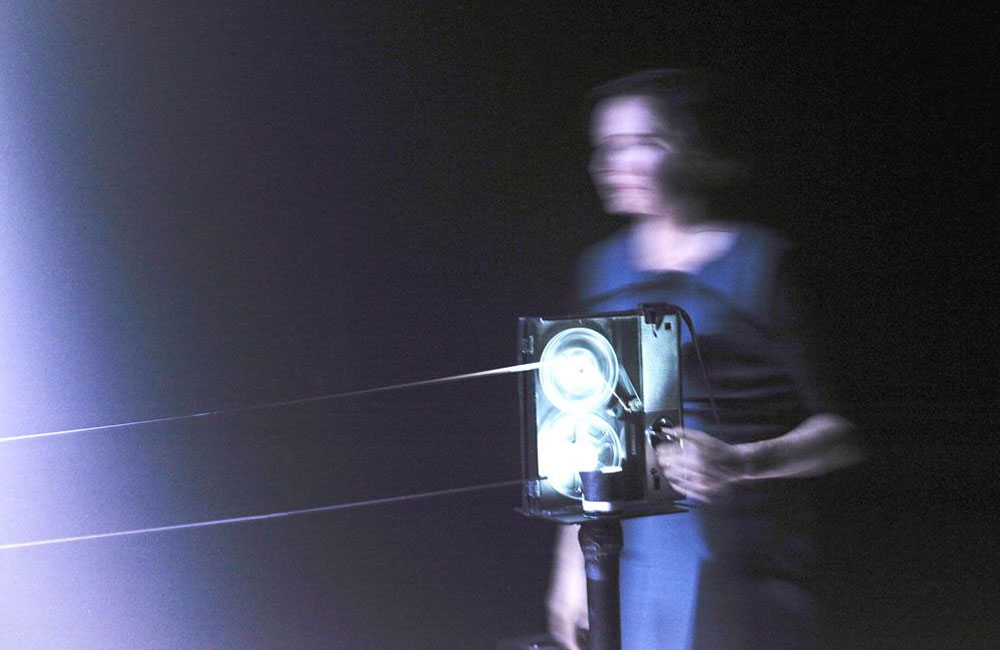
Experimenta Social #32
For the final Experimenta Social of the year, we hear from two artists using the power of chemical compounds to fuel their creative practices. By harnessing the energies from chemical reactions, they are vividly transforming the ways we experience sound and light in live performance and dynamic installations.
Chris Henschke’s practise explores high-energy physics and experiments with the nature of chemical synthesis through live response installation art. His recent research has seen him develop experimental sound work based on programmable molecules at the CSIRO and harness radioactive energies from his work with CERN.
Lichen Kelp is a performance chemist and sculptor who works with scientific principles of experimentation, colour chemistry and chemical reactions. Her performances typically involve sound, live experimentation and observation resulting in surreal sensory landscapes.
Experimenta Social is presented in partnership with ACMI X, and supported by Marc Besen AC and Eva Besen AO.
About the Speakers

Lichen Kelp

Lichen Kelp
Lichen Kelp works with scientific principles of experimentation, colour chemistry and chemical reactions to investigate the materiality of process, replicating changing weather patterns and reimagining nature. Fluid and subversive experiments and performances arise and result in submersive liquid paintings combining bubbling solutions and localised flora. Otherworldly landscapes created by domestic ingredients and a lurid botanical palette disrupt our notions of beauty and the (un)natural.
Lichen Kelp’s practice encompasses performance, photography, musical collaboration, curating artist residencies and group shows and public engagement through workshops, group actions and publications.
http://lichenkelp.com/
Chris Henschke
Chris Henschke is an artist who works with digital and analogue media, sound and light, and high-energy physics.
Chris HenschkeAustralia
Chris Henschke is an artist who works with digital and analogue media, sound and light, and high-energy physics.
His artworks have been exhibited internationally, and he has undertaken a variety of residencies including an online artist residency at the National Gallery of Australia (2004), an Asialink residency (2007), and two residencies at the Australian Synchrotron (2008 and 2010), supported by the Australian Network for Art and Technology and funded by Arts Victoria and the Australia Council for the Arts Synapse program. He has recently completed a Doctorate of Philosophy at Monash University, which included project work at the European Organisation for Nuclear Research (CERN), Switzerland, as part of the ‘art@CMS’ collaboration program.





